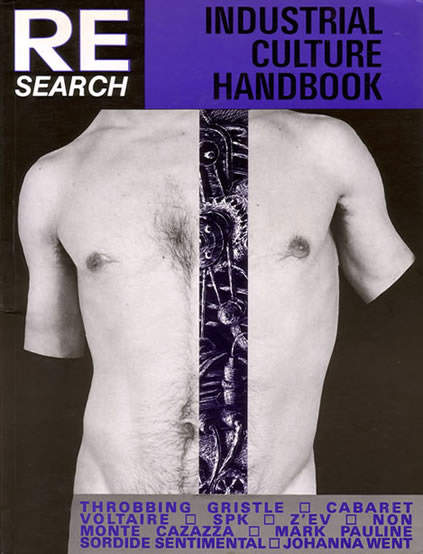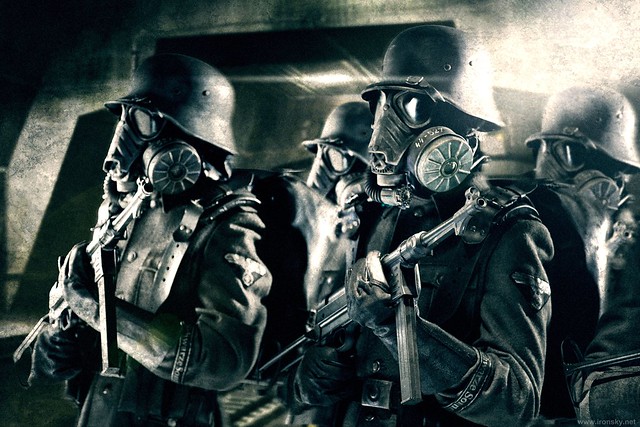"...By 'industrial' we mean the grim side of post-Industrial Revolution society - the repressed mythology, history, science, technology and psychopathology. By 'culture' we mean the books, films, magazines, records, etc. which have been plucked out of the available information overload as relevant and important.
There is no strict unifying aesthetic, except that all things gross, atrocious, horrific, demented, and unjust are examined with black-humor eyes. Nothing is (or even again will be) sacred, except a commitment to the realization of the individual imagination. These are not gallery or salon artists struggling to get to where the money is: these are artists in spite of art. There is no standard or value left unchallenged.
The values, standards, and content that remain are of a perversely anarchic nature, grounded in a post-holocaust morality. Swept away are false politeness, etiquette, preoccupation with texture and form - all the niceties associated with several generations of art about other art. Starting on a realigned foundation of 'black' history, 'black' science and the 'black arts', these artists have presented their visions reflecting the world as they see it, not the official realities. The problems of morality and critical evaluation are left to the eye of the beholder, and to history - what remains of it. . . .
All art has as its source dreams, the unconscious, and the imagination. And in dreams as in the imagination as in art - nothing in forbidden, everything is permitted. . . ."
Vale. San Francisco 1983
Não há nenhuma unificação estética rigorosa, exceto que tudo que é bruto, horrível, demente e injusto é examinado com os olhos do humor-negro. Nada é (ou jamais será novamente) sagrado, exceto o comprometimento com a compreensão da imaginação individual. Não há artistas de galeria ou salão que lutam para estar onde o dinheiro está: eles são artistas apesar da arte. Não há nenhuma norma ou valor que permaneça sem contestação.
Os valores, normas e o conteúdo que permanecem são de uma natureza perversamente anárquica, baseadas numa moralidade pós-holocausto. São repelidos o falso moralismo, etiqueta, preocupação com textura e forma - todas as sutilezas associadas a diversas gerações artísticas sobre outras artes. A partir de um realinhamento das bases da história 'oculta', ciência 'oculta' e 'artes ocultas', esses artistas têm apresentado suas visões refletindo o mundo da forma que eles o vêem, não como as realidade oficiais. O problema da moralidade e da avaliação crítica são deixados para o olhar do observador e para a história - o que resta dela. . . .
Toda arte tem como fonte os sonhos, o inconsciente e a imaginação. E tanto nos sonhos como na imaginação, assim como na arte - nada é proibido, tudo é permitido. . . ."
Vale. São Francisco 1983
Se tiver interesse nessa publicação, o blog Misterioso Impossível disponibiliza um outro número sobre música industrial e William Burroughs.



